Rumors and Misinformation
This is a curated collection of tools and materials that can guide and provide examples on how to understand, track, address rumors and misinformation around COVID-19.
This is a curated collection of tools and materials that can guide and provide examples on how to understand, track, address rumors and misinformation around COVID-19.
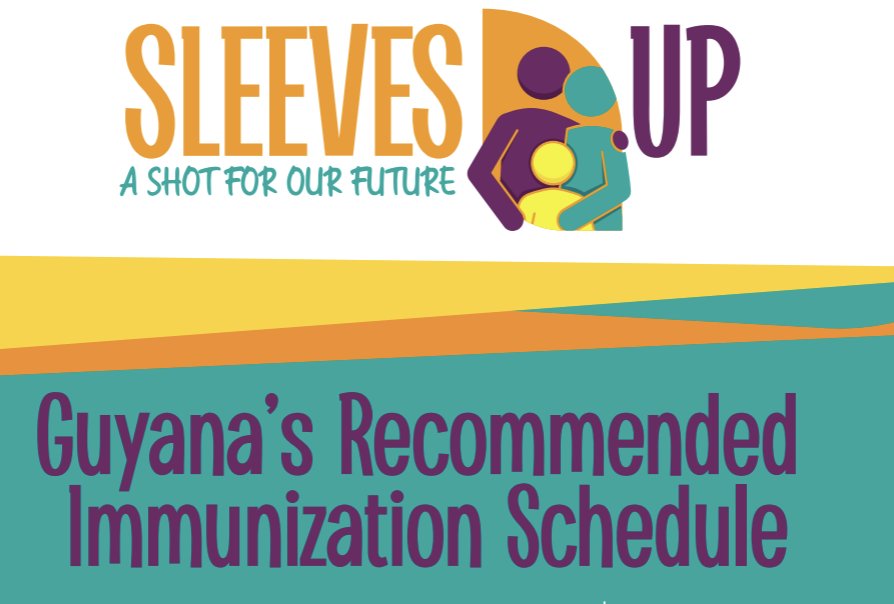
This is a handout created by Breakthrough Action Guyana with support from the Ministry of Health Guyana. It addresses common questions asked about Covid-19 and HPV along with an updated immunization schedule. The handout is part of the Sleeves Up! campaign.
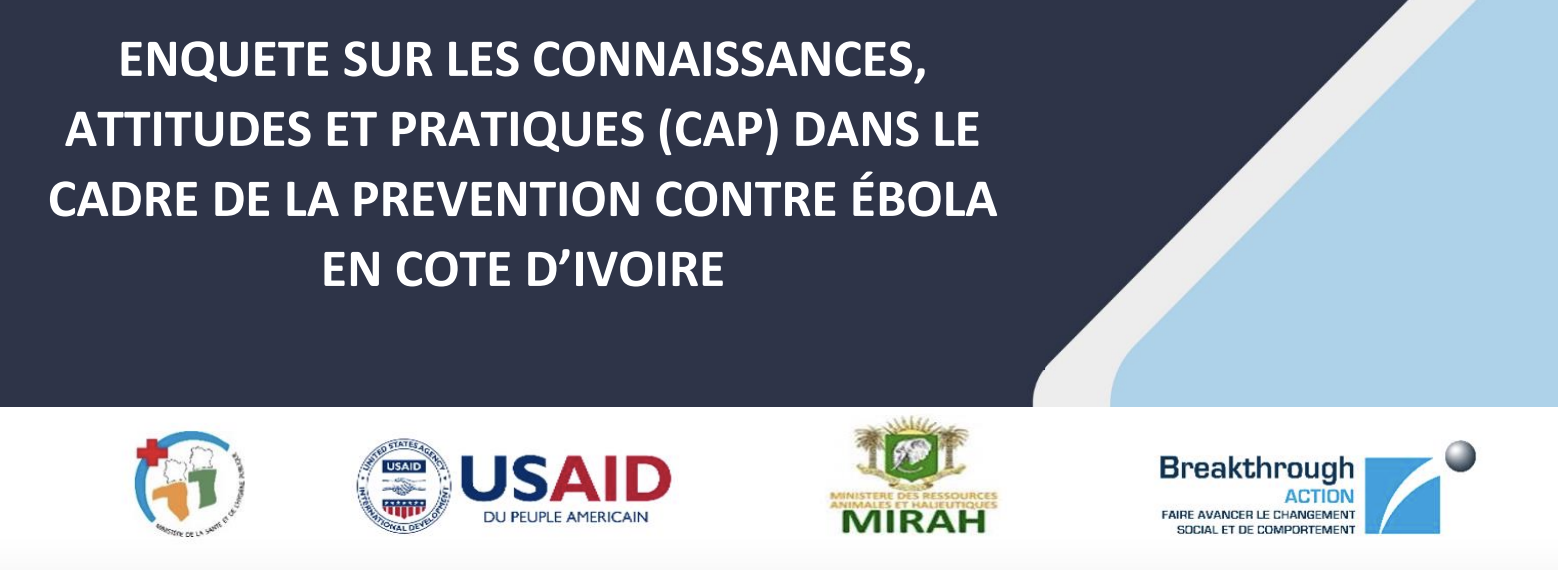
The re-emergence of Ebola made the response to COVID-19 more complex and required an integrated response. This is a report of knowledge, attitudes and practices with a focus on Ebola, but also with implications for COVID-19 response. For successful intervention, it is essential to have an up-to-date understanding of the context-specific knowledge, attitudes, beliefs, intentions, […]
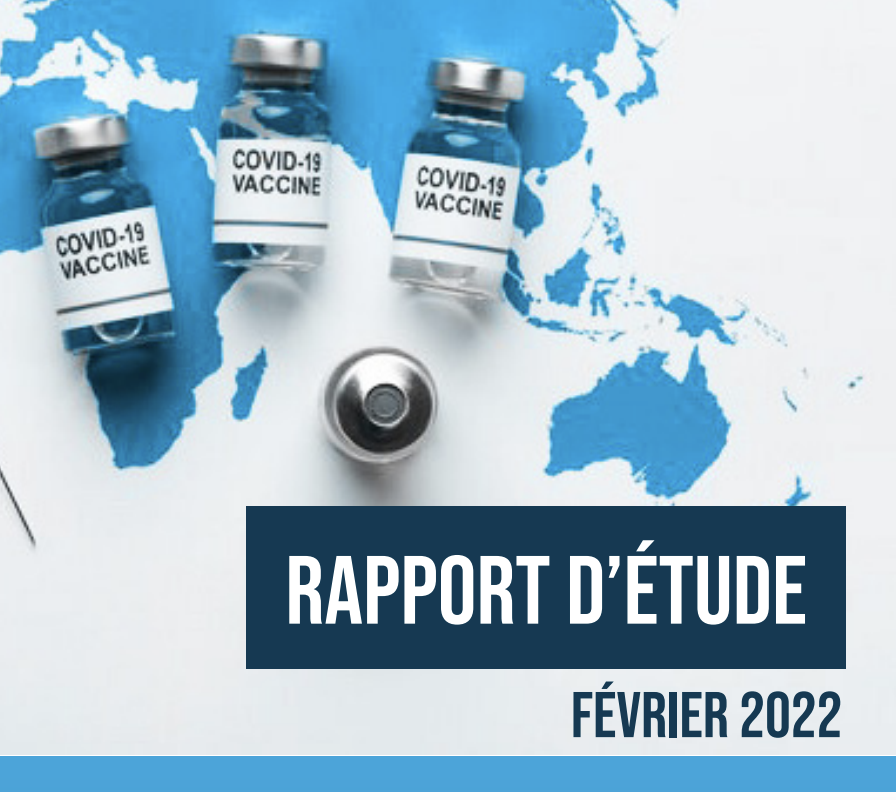
These two waves of Knowledge, Attitudes and Practices (KAP) surveys were carried out in order to understand the factors linked to the intention to be vaccinated against COVID-19.
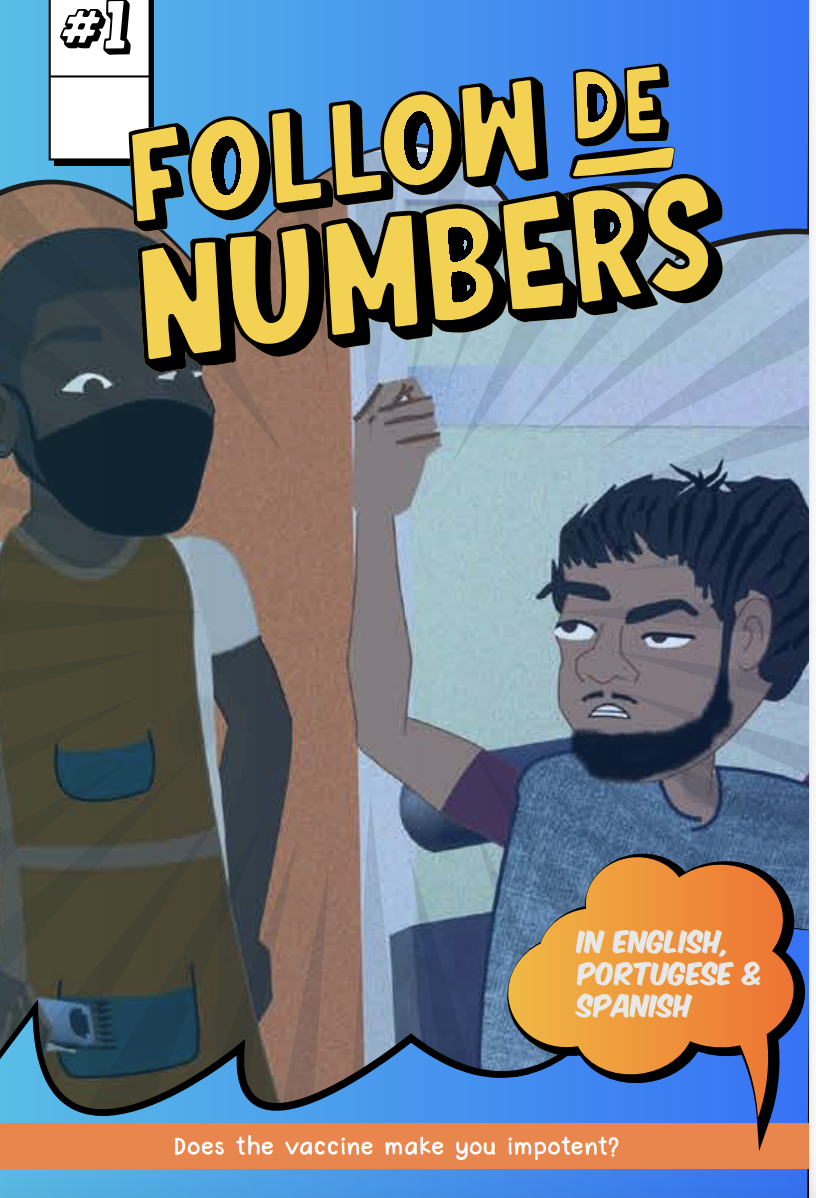
This poster was created by MOH-Guyana and UNICEF to address misinformation surrounding COVID-19 vaccinations- Impotency in men.

This FAQ was developed by Breakthrough ACTION Guyana with support from the MOH to support the “Sleeves Up” campaign. It is intended for use as a tool by Healthcare workers to address concerns from patients.
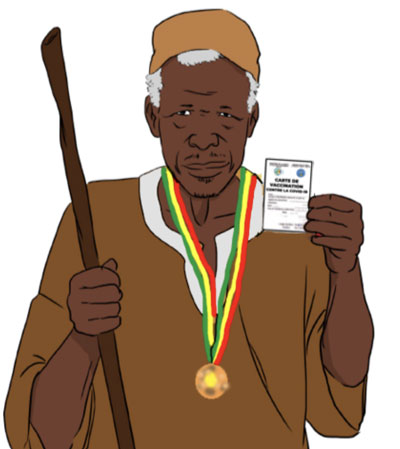
These posters, pamphlets and audio spots were developed by USAID, in collaboration with the National Center for Health Information, Education, and Communication(CNIECS), to ensure the integration of COVID-19 vaccination into routine activities.
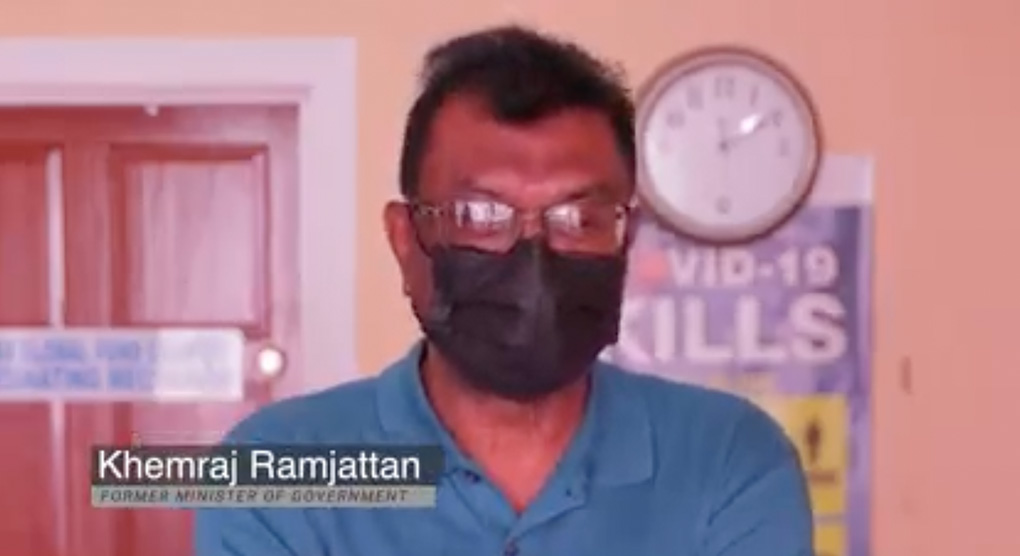
This video was created by the Ministry of Health-Guyana and features Mr Khemraj Ramjattan, a politician endorsing the COVID-19 vaccines booster shots.
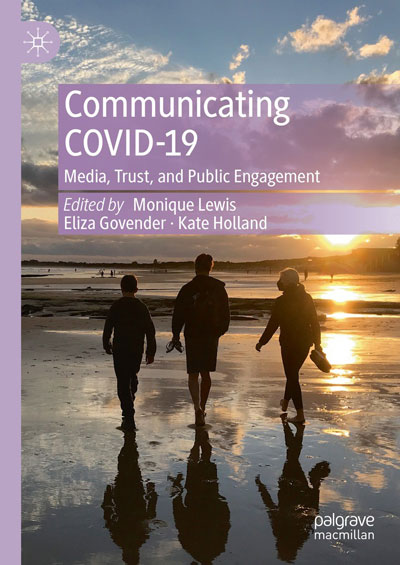
Breakthrough ACTION contributed three chapters that analyze stigma’s impact on COVID-19 communication, a multi-channel approach to debunk rumors, and the role of celebrities and religious figures in dispelling COVID-19 myths. While these chapters are based on Breakthrough ACTION’s COVID-19 work, the findings can have implications for risk communication and community engagement efforts more generally.
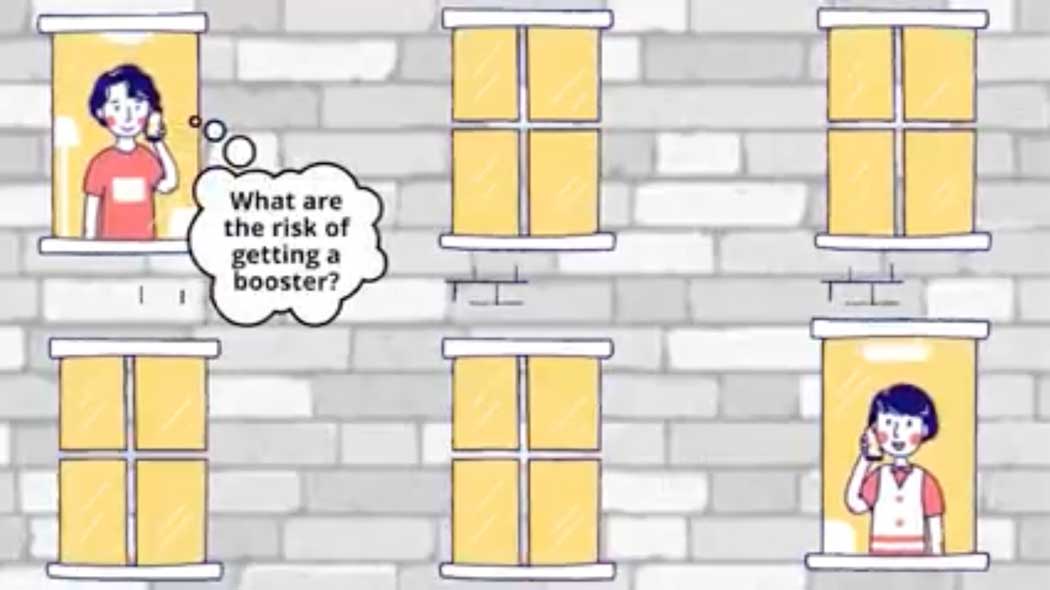
COVID-19 vaccination series-FAQ developed by the Guyana Ministry of Health
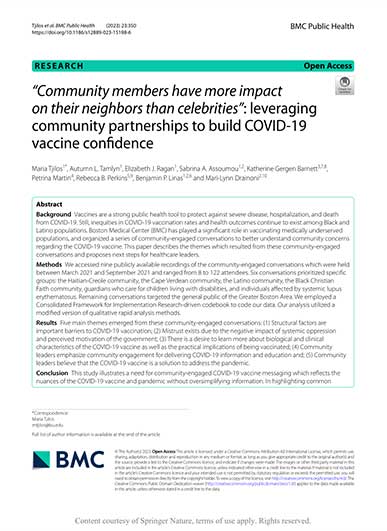
Vaccines are a strong public health tool to protect against severe disease, hospitalization, and death from COVID-19. Still, inequities in COVID-19 vaccination rates and health outcomes continue to exist among Black and Latino populations.
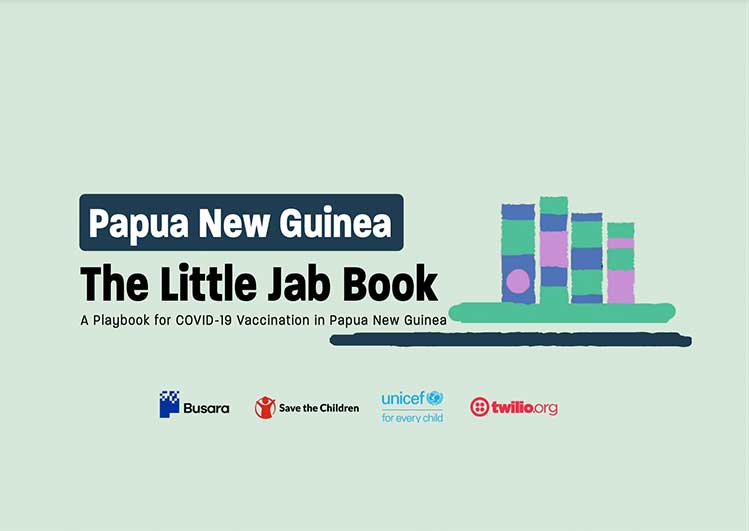
Inspired by the Little Jab book series, this book begins with a look into the most important vaccine uptake problems in Papua New Guinea and highlights interventions to overcome these problems.

This video summarizes the Training held in Mozambique on Vaccine Misinformation. This training organized by the Johns Hopkins Center for Communication was conducted by Emile Miller, an associate researcher at JHU based in the United States, and was attended by the Ministry of Health’s expanded vaccination program and its implementing partners.
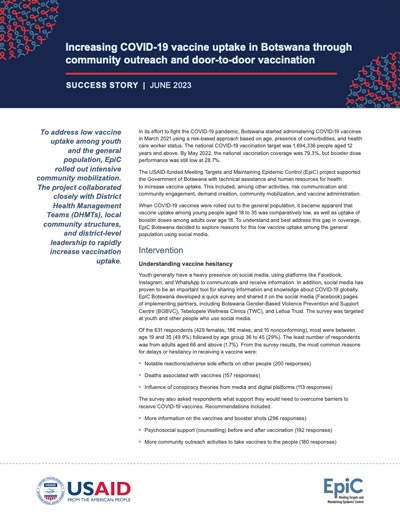
Meeting Targets and Maintaining Epidemic Control (EpiC), a five-year global project funded by the U.S. President’s Emergency Plan for AIDS Relief (PEPFAR) and the U.S. Agency for International Development (USAID), is dedicated to addressing the HIV and COVID-19 pandemics. In Botswana, EpiC is led by FHI360 with core partners Right to Care (RTC), Palladium, and […]
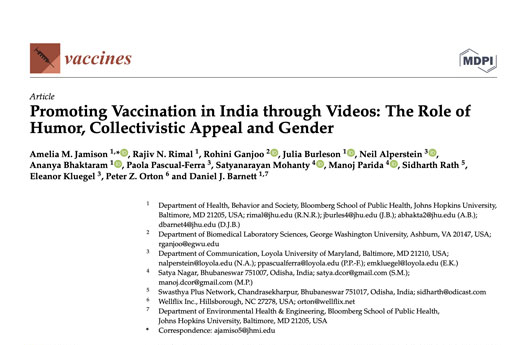
This paper investigates the impact of different factors on beliefs about vaccines and vaccination in India through video-based public service announcements.
This is a course for risk communication and community engagement program implementers and other professionals working to identify and respond to emerging rumors.